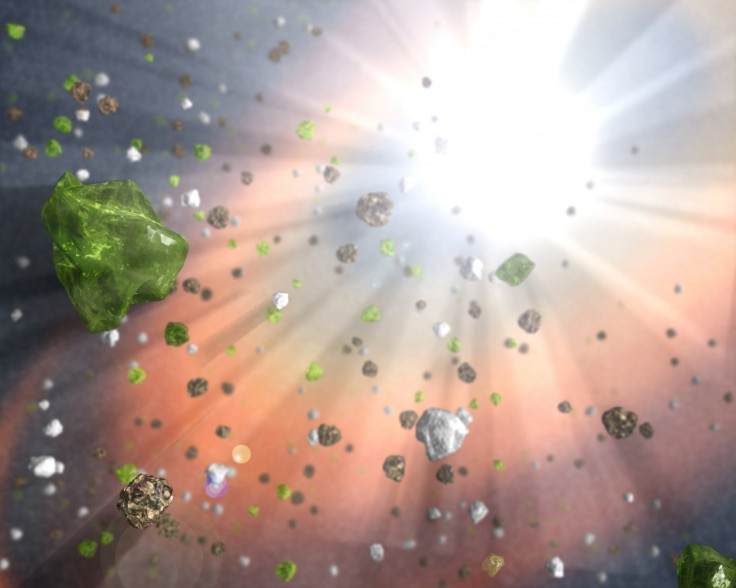Most Ancient Water In The Universe Discovered, Mass Of Over 140 Trillion Oceans

A humongous body of water floating in the universe in the ancient time was discovered, and the sight has taken 12 billion years to reach our eyes.
Two teams of scientists at Caltech discovered the largest, farthest, and therefore oldest, reservoir of water ever detected in the universe, holding over 140 trillion times the mass of water in the Earth's oceans.
Residing 12.9 billion light years away, the mass of water vapor marks 100,000 times more massive than the sun.
Because the quasar is so far away, its light has taken 12 billion years to reach Earth, reads the press release by California Institue of Technology (Caltech). The observations hence reveal a time when the universe was just 1.6 billion years old , which means, the light that reached the earth was emitted just 770 million years after the Big Bang.
The reservoir surrounds a particular quasar, powered by an enormous black hole to spew out huge amounts of energy. The quasar harbors a black hole 20 billion times more massive than the sun and produces as much energy as a thousand trillion suns, said the release.
Quasars are among the most powerful entities in the universe, with this particular one pumping out 1,000 trillion times more energy than our sun, and 65,000 times the whole of the Milky Way.
Astronomers expected water vapor to be present even in the early, distant universe, but had not detected it this far away before.
"The environment around this quasar is very unique in that it's producing this huge mass of water. It's another demonstration that water is pervasive throughout the universe, even at the very earliest times," said Matt Bradford,
a scientist at NASA's Jet Propulsion Laboratory, and a visiting associate at Caltech.
The water was discovered by Dariusz Lis, senior research associate in physics at Caltech using the Plateau de Bure Interferometer in the French Alps.
"We think there are only about 100 bright quasars with redshift higher than 7 over the whole sky," concludes Daniel Mortlock, the leading author of the paper. "Finding this object required a painstaking search, but it was worth the effort to be able to unravel some of the mysteries of the early Universe."
This research was presented in a paper that appeared in the journal Nature on June 30, and is slated to be published in a coming issue of Astrophysical Journal Letters.
© Copyright IBTimes 2024. All rights reserved.





















